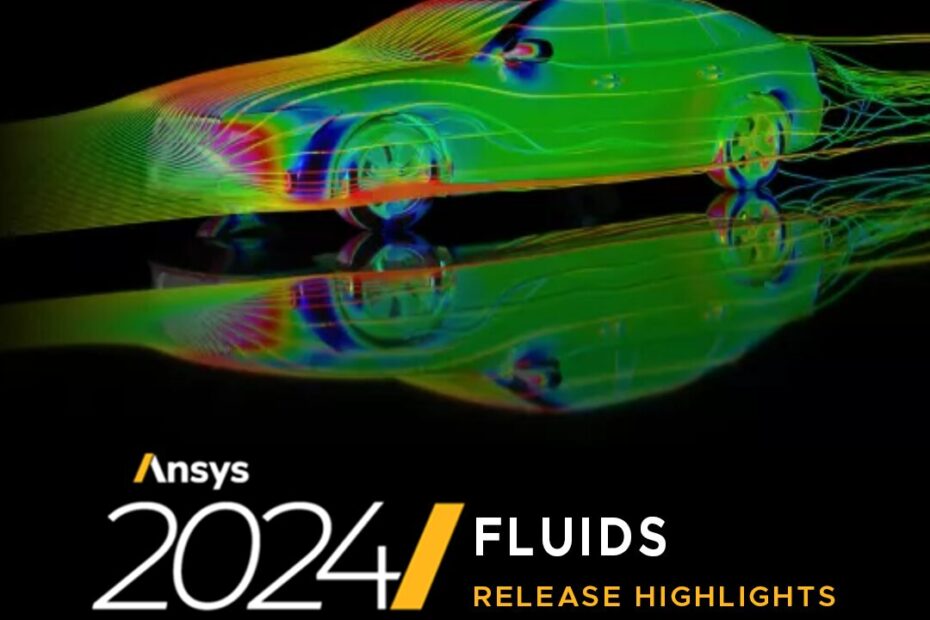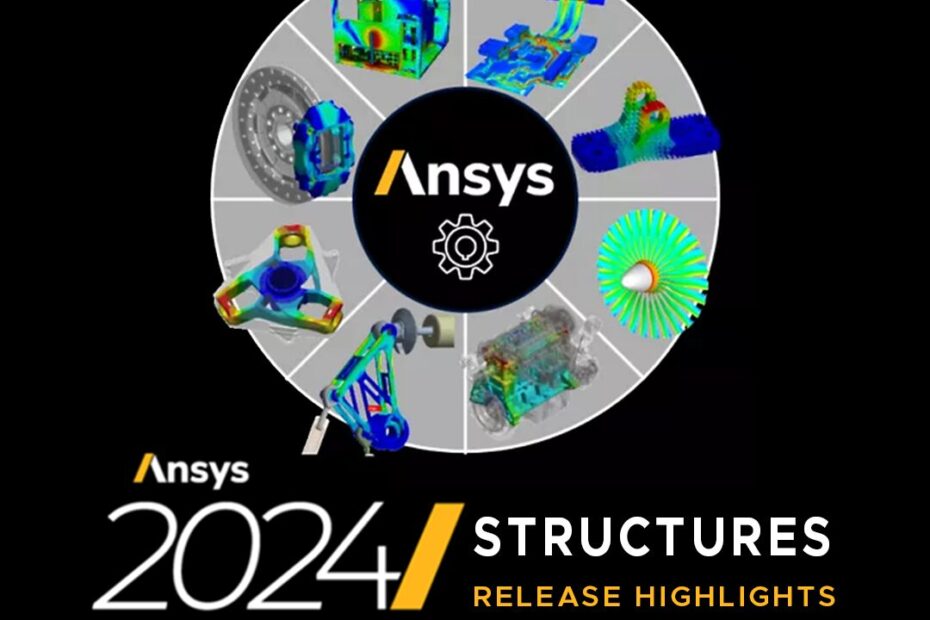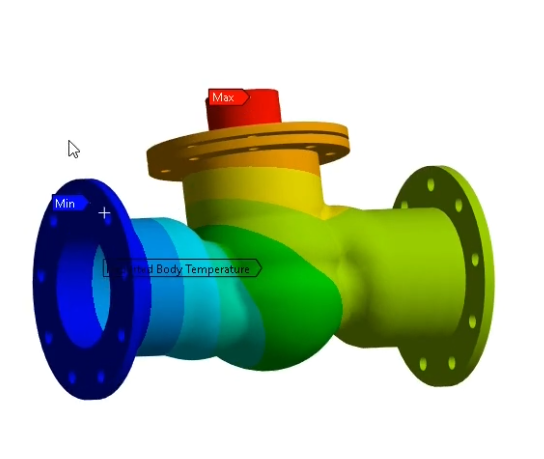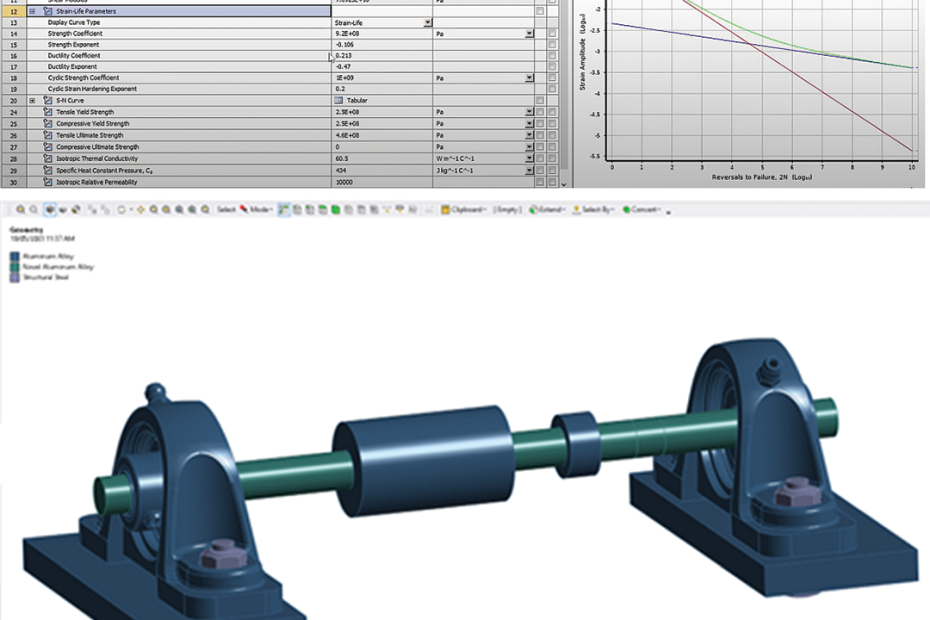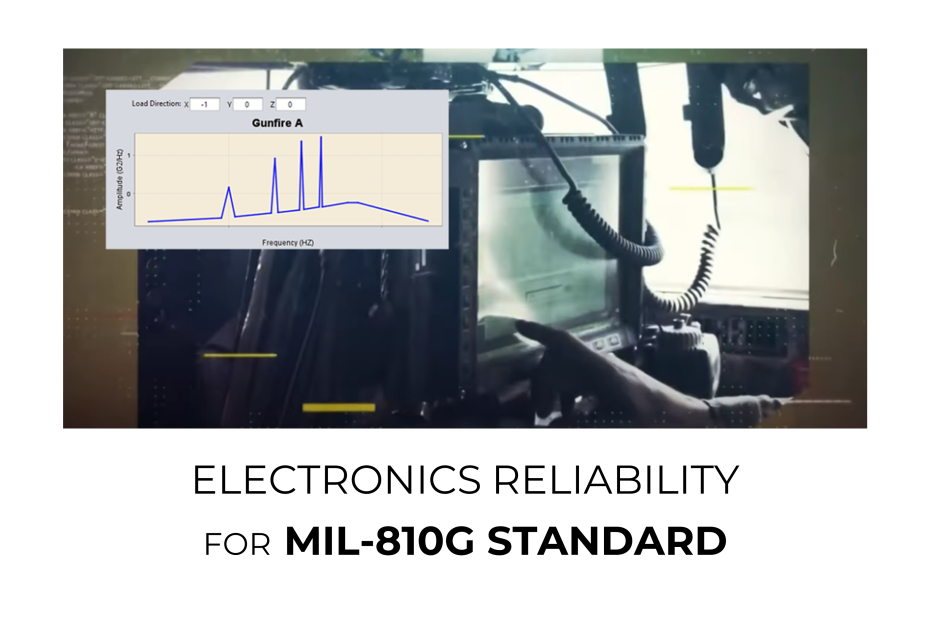Simulation Driven Design with Creo
LEAP’s PTC team recently presented a webinar that explained how adding real-time simulation tools to the beginning of your development workflow gives engineers instant feedback on their design changes, as they work, and provides valuable insights on which design directions to explore next. This article summarises the presentation and provides the highlights of the recording including a live demonstration of Creo’s simulation capabilities.


